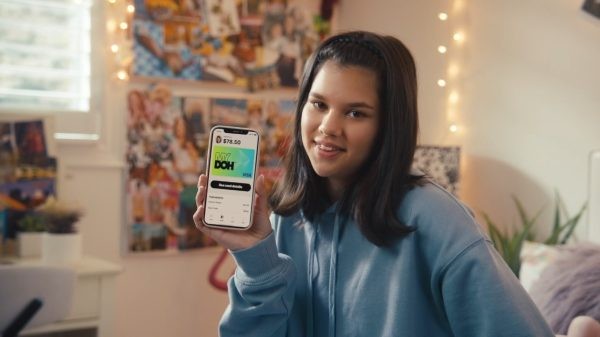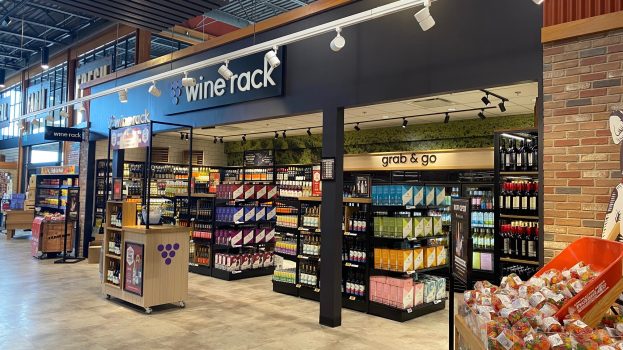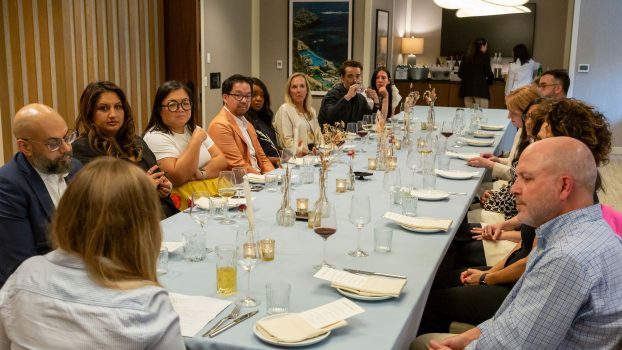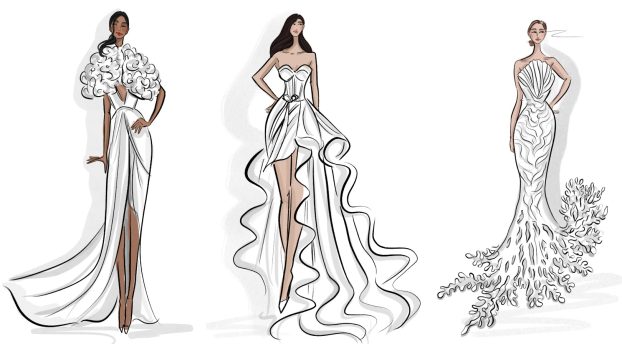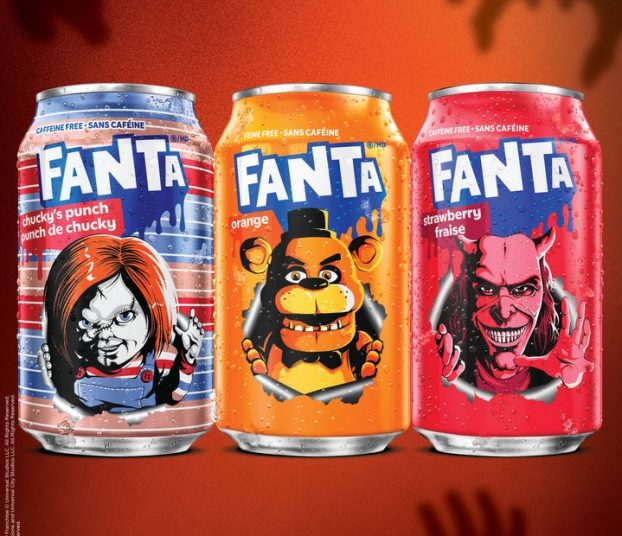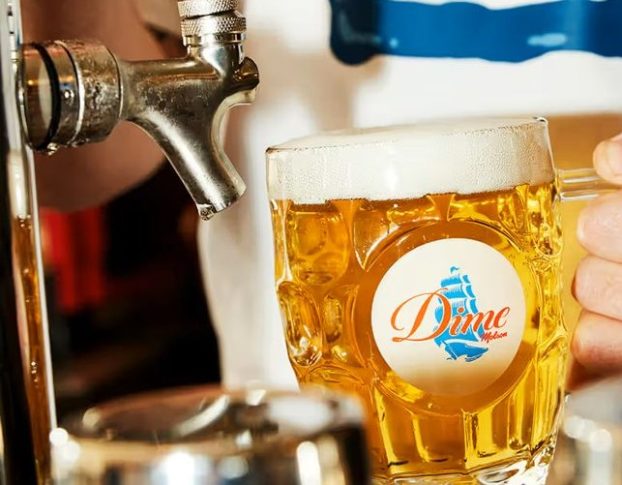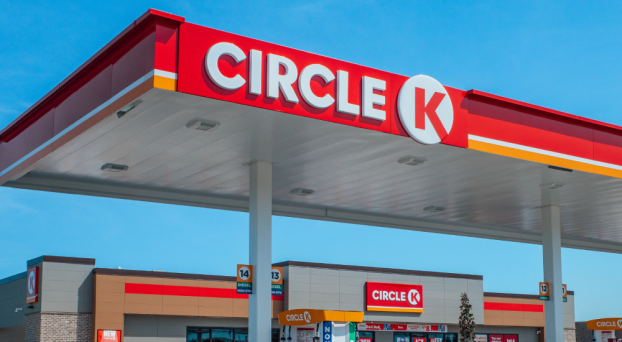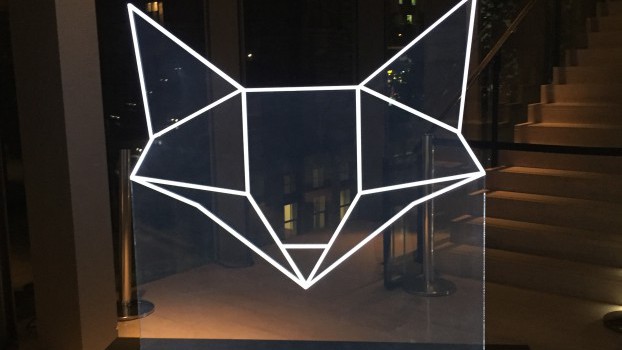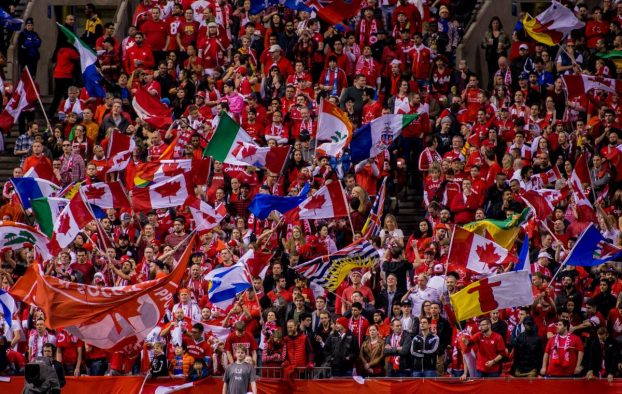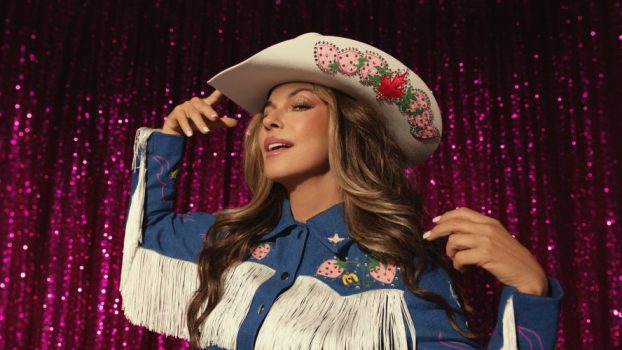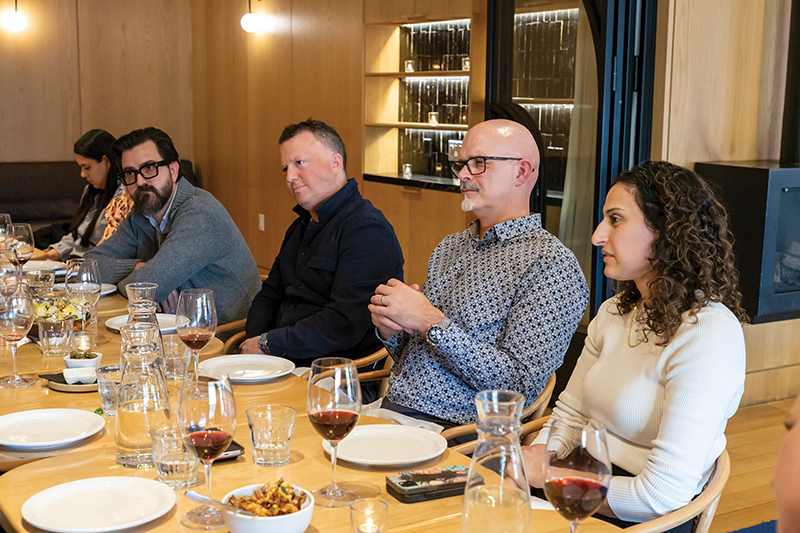
This story first appeared in the Summer 2025 issue of Strategy Magazine, MiC’s sister publication. You can read part 1 of the roundtable, which appeared in Wednesday’s newsletter, here.
B2B marketing has traditionally been a behind-the-scenes effort, focused on direct sales and relationship building. But more brands are advertising around cultural moments, like the Super Bowl. And Cannes Lions debuted a B2B category last year, further signaling an evolution. The creative is also less homogenous. Instead of sticking to a sales approach centred on product specs and pricing decks, many have embraced consumer-style campaigns.
To understand the changing nature of B2B, we sat down with Nisha Carcasole, VP, consumer marketing, sponsorships, Mastercard; Audrey Davidson, head of integrated marketing Americas, Microsoft; Scott Lanaway, managing partner, Titan One; Ian Martins, EVP, managing director, Zenith; Devon MacDonald, president, CEO, Cairns Oneil; Tristan Retelsdorf, lead director, brand, digital, customer marketing at Telus, and Daniel Shearer, CMO, Maple. Here is what they had to share.
Jennifer Horn, editor and content director for strategy and Media in Canada, moderated the discussion. Also in attendance were strategy/realscreen EVP Mary Maddever, strategy and Media in Canada publisher Lisa Faktor, associate publisher Neil Ewen, Media in Canada reporter Andrea Hernandez, Globe Media Group managing director of ad products and innovation Tracy Day and group client director Shaenie Colterjohn.
Are there any risks in leaning too far into emotional brand-building when you’re selling very complex products and services?
Ian Martins: I think the risk is being boring. For some reason, when marketers get into their B2B role, they put on this hat that says everything’s logical. Of course, not every B2B topic is particularly exciting and so it can just be dry. You’re producing these long white papers that nobody’s ever reading. You’re putting all of this effort into going deep and providing value, but nobody’s reading it because it’s dry and it’s boring. And so from a media investment perspective, I think putting dollars behind boring is the biggest risk that you face.
Nisha Carcasole: The biggest thing is also just being authentic to who your brand is and your overall narrative. You have to know where you can play and where you can’t. When brands try to stretch themselves into an environment where people aren’t used to seeing them, or when they overextend themselves, buyers see into that. Also, B2B sponsorships don’t always have to be for a B2B audience or carry a B2B message. A few years ago, with our partnership with MLB in the U.S., we used one of our products to help verify the All-Star Game vote for MLB using our NuDetect software. It was a great use-case of our product. And the message was for both B2B and B2C. It changed the perception of Mastercard. And it was all done through a B2C sponsorship. But telling the product story and its impact helped us also tell the story to our B2B audience.
How are your brands reinventing the B2B journey for younger digital-friendly generations coming into business now?
Audrey Davidson: At Microsoft, for the first time in a long time, we did a Super Bowl commercial and it was for Copilot. We also recently did something with Coldplay, where you could go onto a site and basically create an online video with one of their newest releases. So things like that appeal to younger generations, but then also getting that awareness for Copilot. And there is Running Point on Netflix where you see Copilot integrated. That’s newer for Microsoft, where we’re elevating awareness for the brand.

Devon MacDonald: Integrating Microsoft into a Netflix show that’s a part of culture is interesting. So now, when Copilot is introduced to the workspace of someone who watched the show, they’ll feel comfortable with it and be more willing to embrace it. That early lead-in and investment is a challenging thing to sell at times. But seeing the product or tech usage in everyday life will make adoption or acceptance much easier. Sponsorships used to be the only way to do that. People would feel comfortable with a brand because they see it on a ring board or on a jersey, for example. And that used to be the only way. But there are so many other content opportunities to integrate a brand that will be a part of culture.
Scott Lanaway: Those brands that have bigger budgets and a B2C component also have a stronger marketing culture internally. So it’s a bit of an easier pitch to say, “Let’s do a big investment.” But I’m seeing more brands that don’t have that B2C gravity starting to do things like that. For some brands, it’s like a hedge fund company has come in and they’ve said, “We’ve got a really aggressive plan to grow the business like crazy for the next three to five years. We’re going to give you a lot of money to grow your sales and marketing team. All you have to do is show us documentation every quarter that it’s working.” And then there’s a culture of panic that descends down through the organization. And in that kind of a culture, do you want to be the one who goes in and pitches to the C-Suite that we should allocate 50% of our marketing budget to the brand, and part of that should include a Formula One sponsorship?
Daniel Shearer: Investing in brand has been London School of Economics-proven, not some cool dude at a cool agency in San Francisco-proven. But performance marketing is like catnip, where the second you can watch the needle moving, all the dollars race there. And don’t even get me started on whether or not attribution is actually legitimate. And the truth is that the more incremental the sale is to your business, the harder it is to attribute. Because digital is so great at capturing intent. It’s amazing that we have that as a part of the modern media mix. The problem with it is we become addicted to the drug of measurement and attribution only.
I think we need more creativity – we need to be more brave. Being integrated into culture is a fantastic win. You look at GoDaddy. They started running ads during the Super Bowl many years ago. And then you think about the amazing Volvo “Epic Split.” Or the “Beauty Inside with Intel.” These were brands that were way ahead of their time. They were using a consumer-level of creativity for a B2B audience that was maybe less measurable. But they clearly inserted those brands, either in culture or in consumer audiences, in a totally different way. Let’s remember “Epic Split” was to sell long-haul trucks.
Martins: We need more bravery and boldness in general. We need to value creative ideas that will generate emotional energy and response, and really invest in those things. And then all the other things that we are asked to do that are more around lead-gen building opportunities for the sales funnel – those canons should exist underneath that. But again, it’s very hard to get pure B2B brands to be willing to take a risk internally and say, “We’re not going to do this race to the bottom anymore.”

